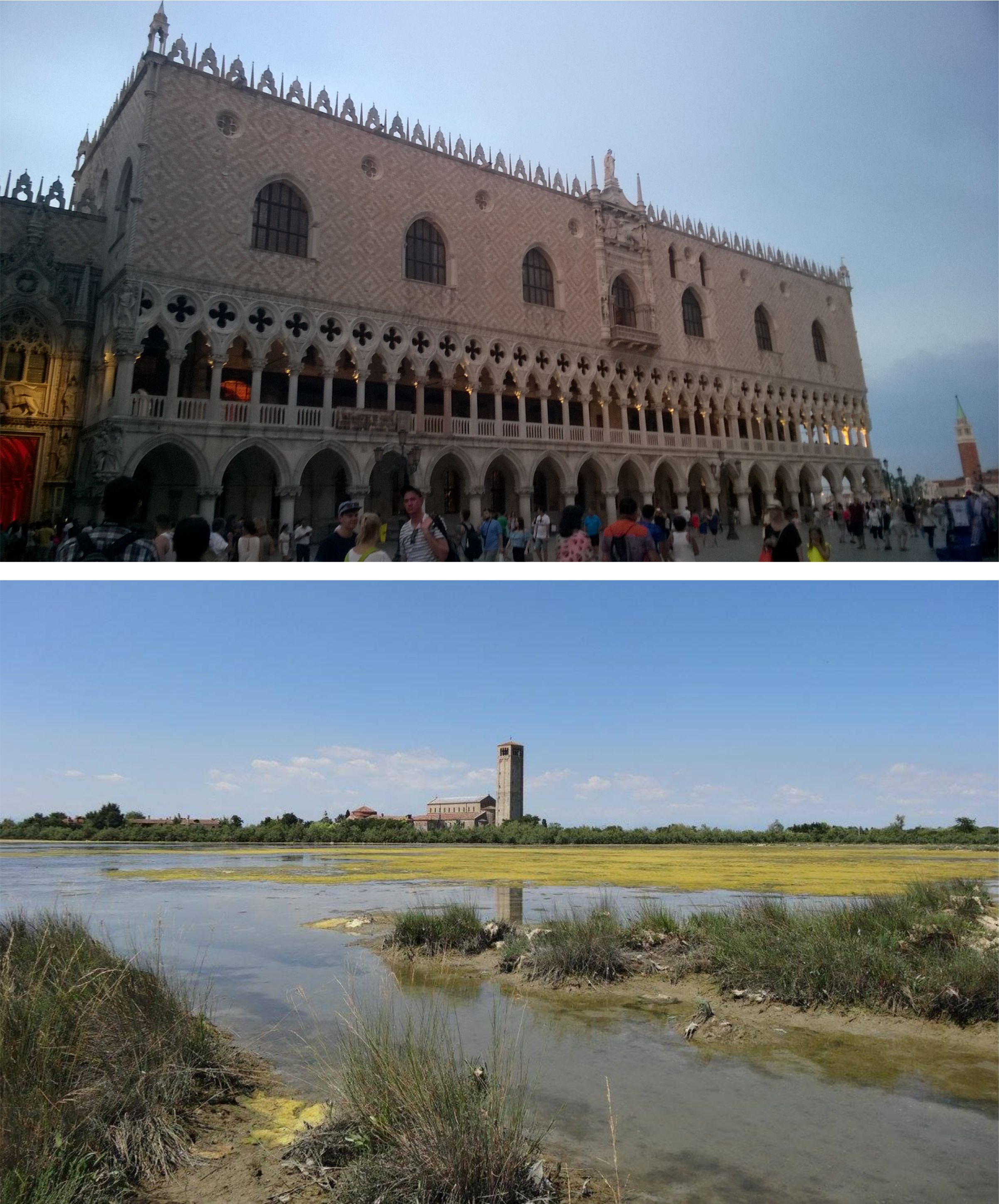
Although not Wessex-related fieldwork, last week I took part in fieldwork in the Venice Lagoon as part of the ‘Voices of Venice’ project, directed by Diego Calaon from the Universities of Stanford (USA) and Ca’Foscari (Venice, Italy), and in collaboration with colleagues from the University of Reading (UK). My participation builds on my existing research interest on the ecological impact of conquest and colonisation in the frontier landscapes of Medieval Europe, which has involved research across the Baltic, Hungary and Spain.
Included in my trip was a presentation to the Dipartimento di Scienze Ambientali at the University of Ca’Foscari. This highlighted the potential of environmental archaeology within the lagoon using the example of my research in the Baltic as part of the Ecology of Crusading Project. This was followed by coring of potential locations around the island of Torcello, and the nearby Roman town of Altinum, to retrieve material for palaeoenvironmental analysis. Located at the northern end of the lagoon, Torcello was one of the first islands to be occupied after the collapse of the Western Roman Empire and includes the impressive Cathedral of Santa Maria Assunta, founded in the early 7th century. Torcello became an important population and trading centre by the 10th century before the rise of Venice as a major trading power in the Mediterranean. Much of the Roman town of Altinum was dismantled and used as building material in sites across the lagoon, including Torcello and Venice – the famous bell tower in the Piazza San Marco is largely made of Roman bricks although completely restored after collapsing in the early 20th century. The lagoon, and settlement of the various islands, have a complex and inter-related history and uncertain future, and it is hoped that palaeoenvironmental analysis will help to contribute towards our understanding of the historical, cultural and environmental development of the lagoon during the medieval period.